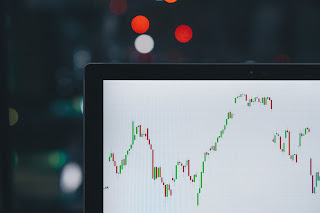Impact of Coronavirus on S&P 500 compared to other historic crashes
There is no doubt that 2020 was a tumultuous year for investing as panic set into the markets and volatility continued for the rest of the year and into 2021.
But how does it compare with other great crashes from history?
There is good or bad news when looking at the S&P 500, depending on your view of the market.
Looking at the trends, the falls were some of the sharpest in history, but the recovery has been the quickest when compared to the most famous crashes in the market.
Specifically looking at the initial crash lows across the first 180 trading sessions:
- Great Depression of 1929: the worst with a 40-45% drop
- Black Monday 1987: a 30-35% drop
- Dot-com crash 1999: a 10-15% drop
- Great Recession 2007: a 15-20% drop
- Coronavirus 2020: a 30-35% crash, but the fastest and sharpest drop of all
So, taken in context the 2020 shock was the fastest and most dramatic, even if the Great Recession saw more gloom over the 180 trading sessions.
In terms of the recovery, 2020 was the only time that the market bounced back to its previous highs across the first 700 trading sessions and indeed exceeded previous highs of what had already been a bear market.
Looking at recovery times (back to pre-crash levels) for the other great crashes we see the following:
- Great Depression of 1929: around 6200 trading sessions until the market reached previous levels!
- Black Monday 1987: around 600 trading sessions
- Dot-com crash 1999: around 1800 trading sessions
- Great Recession 2007: around 1400 trading sessions
- Coronavirus 2020: around 180 sessions
So, what are we to make of these statistics?
Firstly, is that the past has show that markets do recover over time and patience is a virtue, even in the long term recession of 1929 and subsequent years. It also shows that all crashes have offered a buying opportunity, although of course when to buy in is the eternal challenge or trying to avoid the position of 'catching the falling knife' by buying in too soon.
It also shows that while the 2020 crash showed some of the most dramatic movements of all time, the data suggests that the markets too the view that they believe that once vaccines kick in in earnest then the economy would recover.
In reality, it's likely to be more complicated given the devastation to some sectors with hospitality, retail and aviation profoundly affected by the changes with many companies forced into sales and administration. Also, the S&P 500 has been particularly buoyant with other indices much more heavily affected and much slower to recover.
While there were doubtless many opportunities for profits (and many for losses) in this period, perhaps the best strategy was to look at history and buy cheaper track funds and come back a year later!
All data is sourced from IG, 2021.




Comments
Post a Comment